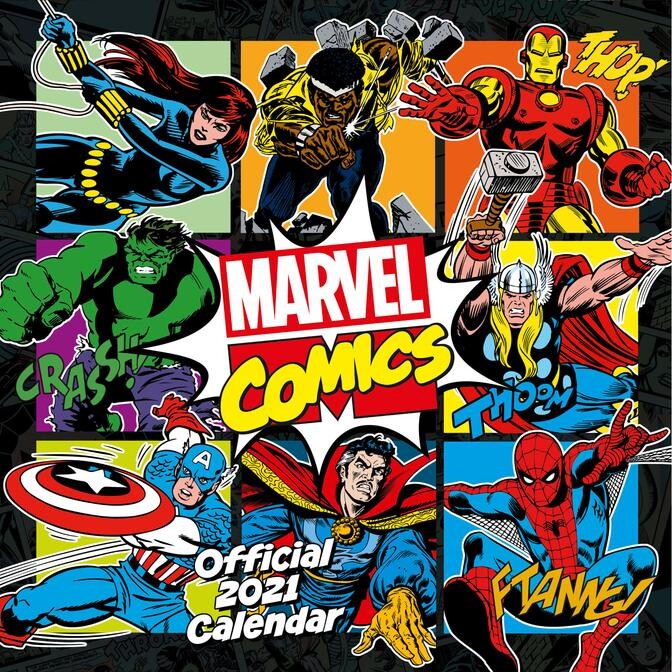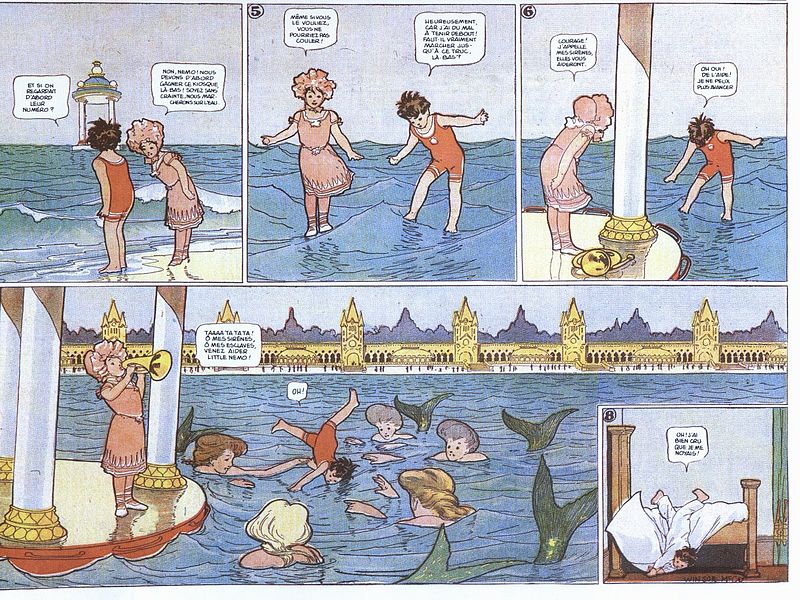A comic or a painting (from the English comic — comedic, comical, funny; the English term sequential art is less often used — literally “sequential art”, which uses the technique “further will be”) — a sequence of drawings, usually with short texts that create a certain connection funny story Texts usually have a specific form of “speech balloon” (“language cloud”, “language smoke”, footnotes; English speech balloon), which conveys the speech or thought of the character, headings and credits. Initially, comics used caricatures for illustration and entertained with interesting and simple stories, developed into a separate art form with many subgenres.
Depending on the definition of the term, the origin of comics in Europe can be attributed to the 15th century. However, the modern form of the comic (with panels, frames (a panel in a comic is a separate picture or a picture with texts), the use of text inside the picture in a “speech bubble”), like the term “comic” itself, dates back to the end of the 19th century.
In 1833, the Swiss writer and teacher Rodolphe Töpffer published the first comic book “Histoire de M. Jabot” (created in 1831), which he positioned as full-fledged media. He offers his stories in pictures as albums (in Italian format) – which he often distributes himself, up to several hundred copies. This example encourages others to follow suit.
In 1854, an independent book-album of the French artist Gustave Doré “History of Holy Russia” was published (full title “Picturesque, dramatic and caricature history of Holy Russia based on the texts of chroniclers and historians Nestor, Sylvester, Karamzin, Segura, etc. in 500 drawings with comments” fr. Histoire pittoresque dramatique et caricaturale de la Sainte Russie, d’après les chroniqueurs et historiens Nestor Nikan Sylvestre Karamsin Ségur etc.)[1]. This work is considered one of the first forerunners of comic art (protocomics).

Definition
There are many definitions of a comic, all of which boil down to the fact that a comic is a series of images that tell a story. A comic is a unity of story and visual action. Scott McCloud, author of Understanding Comics, offers a short definition of “sequential images” and a more complete definition of “adjacent drawings and other images in a meaningful sequence.”
Comics do not necessarily have a text, there are also “silent” comics with an intuitive plot (for example, “Arzak” by Jean Giraud). But most often, direct speech in comics is conveyed using a phylactery — a “speech bubble” that “blows” out of a character’s mouth. The author’s words are usually placed above or below the frames of the comic. A standard comic has a size of 17×26 cm.
Comics can be of any genre and drawing style. Even works of literary classics are adapted in the form of comics. But historically, the most common genres of comics are adventure and humor. This stereotype ruined the reputation of comics for a long time. Drawing in comics has some degree of convention. It is simplified for the speed of drawing and ease of perception and identification of the reader with the character.
In terms of volume, comics vary from short “strips” to voluminous graphic novels and serials with many issues.
Comics are closely related to cinema, and especially animation. As the same McCloud notes, “Film on film is a very slow comic. Space is to a comic book what time is to a movie.” In English, the word “cartoon” can mean both a comic and a cartoon. Almost all Japanese anime cartoons are based on adaptations of Japanese manga comics.
Occurrence
Although stories in pictures have been known since ancient times, for example in the form of comic books or illustrated lives of saints, comics in the modern sense of the word took shape in the first half of the 19th century. The first publication specializing in this form was “The Glasgow Looking Glass”, founded in 1825.[2] In the second half of the 19th century, comics with permanent characters appeared, such as “The Yellow Kid”, which was created by Richard Felton Outcolt in 1895 and was printed in the New York World newspaper and later in the New York Journal-American. The first publication dedicated to the adventures of one hero was the British comic “Ally Sloper’s Half Holiday” by Charles Ross, which told about the adventures of the lazy and fraudulent Alexander Sloper, and was published in 1884.
Although comics appeared in Europe, it is wrongly believed that this industry has undergone the greatest development in the USA. but it is only the third largest market in terms of sales in the world.

Chronology of the development of the comics industry in the United States
1892 – the first American comic “The Bear and the Tiger” was published in the magazine “The San Francisco Examiner”
1907 – The Mutt and Jeff comic strip begins publication in the San Francisco Chronicle, becoming the first daily comic strip.
1922 “Comic Monthly” magazine begins to regularly allocate a column specifically for comics.
C From 1929 to 1933, George Delacote printed 36 issues of a comic called The Funnies, the first color stand-alone comic.
1933 This idea was picked up by employees of the New York firm Eastern Color Printing Company. They printed a thirty-two-page comic strip, Funnies On Parade, with a circulation of 10,000 copies, which soon grew to a quarter of a million. Comics began to sell out in a matter of days.
From 1933 to 1940, Comics began to be published regularly in various newspapers and published as separate books. But the most important thing is that the monthly magazine “Famous Funnies” began to be published, the circulation of which was already large (400 thousand copies).
